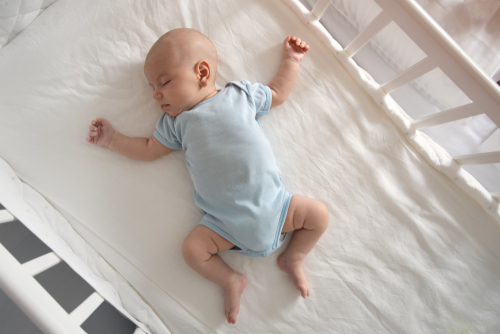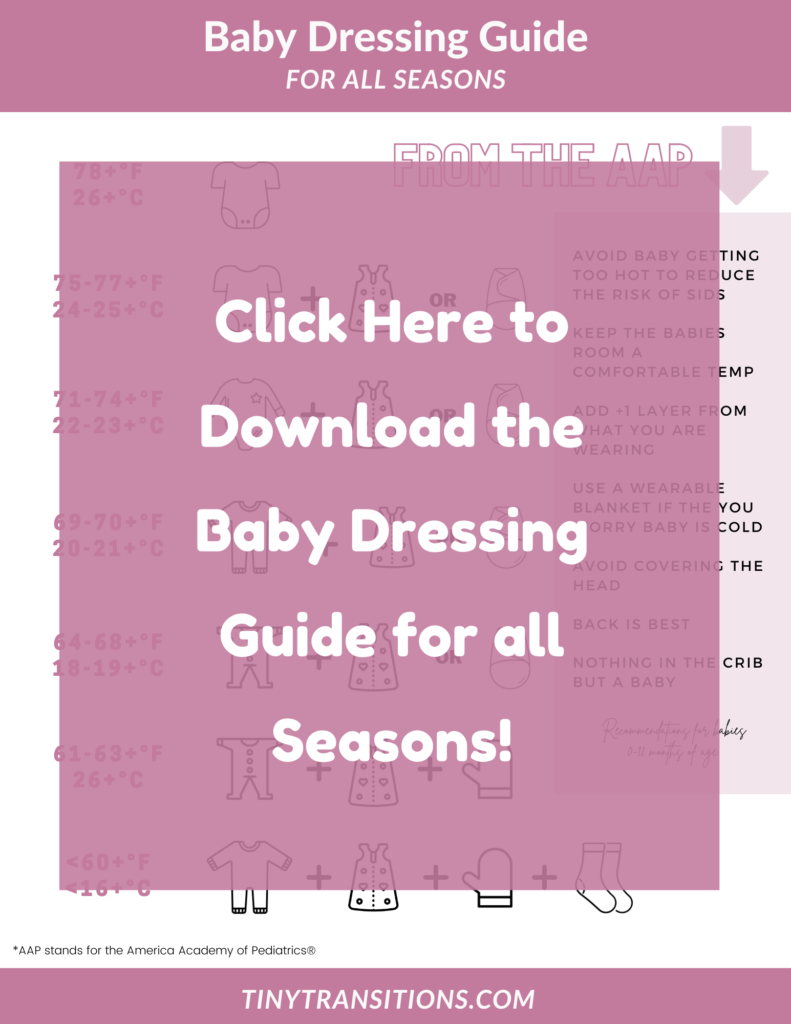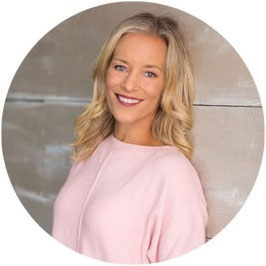3 safe sleep musts every parent should understand when you have a newborn baby or infant under 1 year of age.
For years, we heard the adage “back is best” but today, we break down just WHY it’s important to review and understand the safe sleep guidelines that the American Academy of Pediatrics recently updated in June of 2022 and just why you want to follow them.
After an interview last week with Alison Jacobson from First Candle, a non-profit committed to ending SIDS and other sleep-related infant deaths while providing bereavement support to families who have experienced loss, I felt this particular post was in order, given that it is #safesleep month here in September.
How Should My Baby Sleep?
Place Baby on his/her back for every sleep. This is important because should your baby spit up, which can be common, they are able to turn their head left or right to clear their airway. In addition, gravity will pull the spit-up to the back of the food pipe, {stomach} rather than into the windpipe. When a baby is placed on their stomach, without getting there on their own as they develop, they are at risk of a few things:
- When placed on their stomach, their windpipe isn’t as open as when they are on their back because they are curled up.
- Should they spit up, they can only turn their face into the mattress {so contrary to popular belief it’s NOT safer}
- They have a higher body temperature when they sleep on their stomach, making the baby overheat.
- They have a greater risk for SIDS {and some articles attribute body temperature directly to that as well}
Where Should My Baby Sleep?
The safest place for babies is in their own space, like a crib, bassinet, or pack-n-play. The Arms-Reach co-sleeper is a nice example of a product that keeps babies safe and on their back, but also in their own space. Here in Philadelphia, Temple University launched a baby box for new families, to ensure they had their own safe place to sleep.
By giving babies their own safe space to sleep, you reduce the likelihood that they will wiggle and suffocate on a pillow, get lost in a sea of a giant comforter, or even get suffocated by an accidental arm constricting them when as adults, we are in our deep state of sleep. Even further, holding and feeding in bed overnight, then having you both fall asleep and you drop them can be life-threatening for a small baby and not worth the risk. This goes too for the couch, where you also increase the risk of entrapment and suffocation.
The sleeping space should be free of padded bumpers, stuffies, lovies, or blankets of any kind. Only a tight-fitted sheet and a baby.
What is the Best Temperature for a Baby to Sleep?
While the American Academy of Pediatrics refrains from giving an exact temperature for babies to sleep,WebMD States that the best room temperature for a baby is between 68 & 72 degrees Fahrenheit. There have been studies that show a baby that is too hot is at a higher risk for SIDS as well.
How Do I Dress My Baby for Sleep?
I would suggest that you dress the baby in one to two layers of clothing, depending on your season, the internal thermostat in the house, and the specific temperature in their room {as I know it can vary widely depending on your house. I would start by getting a small thermometer like this one, {affiliate link} to understand what temperature the room they are sleeping in. {My monitor had this and it was ALWAYS wrong, so be sure to check}.
I have created this handy little guide to help you dress baby, which you can download {along with my entire library of freebies here} – to better help you shift as the seasons change.
Sleep and the nursery/bedroom setup will vary by family, the living situation, and by parenting style. If at any point you are unsure about anything PLEASE join me over in my sleep community Slumber Made Simple {free} and jump into one of our live weekly Q&A’s where I can coach you. Click here to jump in.
Read more from First Candle on Safe Sleep
Courtney Zentz, a certified sleep consultant and founder of Tiny TransitionsDue to her expertise and satisfied clients, Courtney’s advice is sought after in the industry. She has recently been featured in both Philly Mag and Newsweek.
Courtney is not only a Certified Pediatric Sleep Professional, but is also a Postpartum Doula, Infant Mental Health Provider, and Lactation Counselor who is regularly asked to contribute my knowledge and expertise in the space of pediatric sleep. She trained under contributors at the forefront of pediatric sleep, who are some of the best in the world.
A sleep-deprived family in a vulnerable position needs someone they can count on and trust, and that’s what we do here at Tiny Transitions. We get children. We get sleep. We get the tiny transitions in life that can make you feel like you’re losing your mind. Courtney’s expertise stretches far beyond just sleep, so your family gets the most holistic care possible from her and her team of Certified Sleep Specialists.



